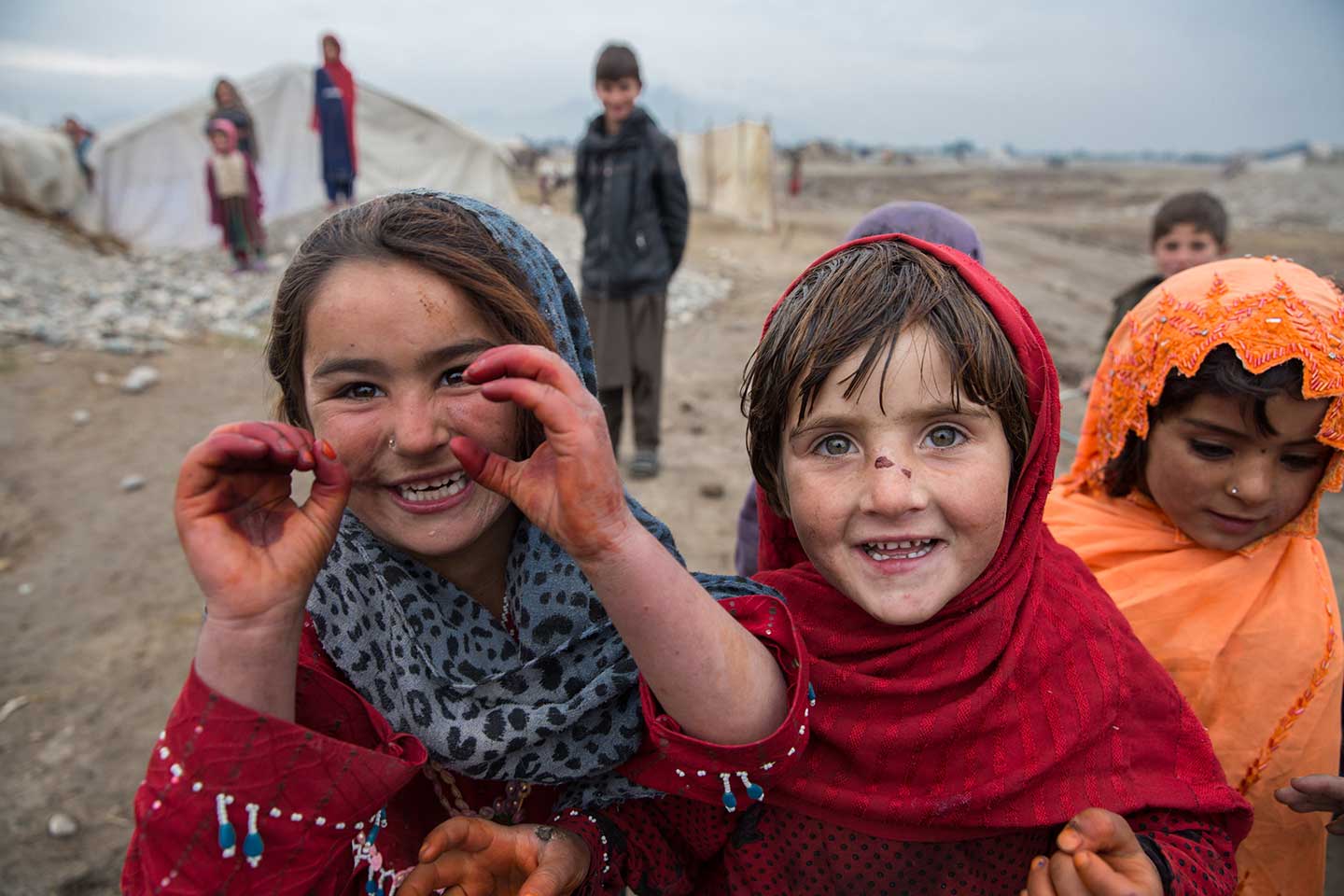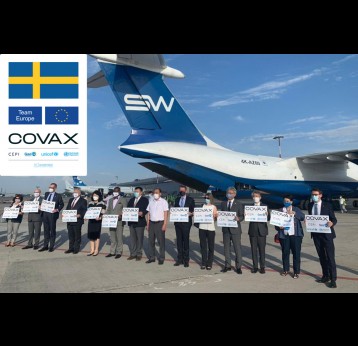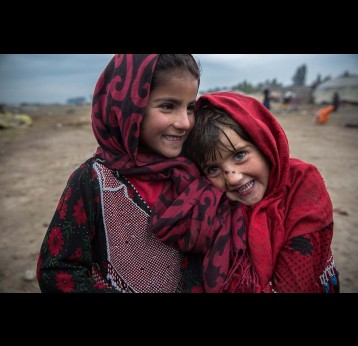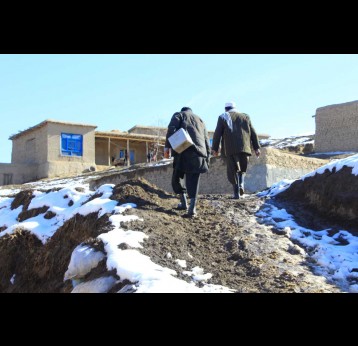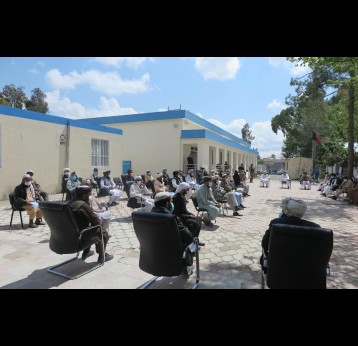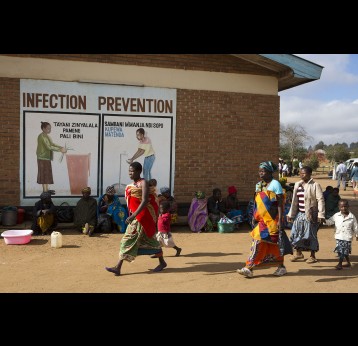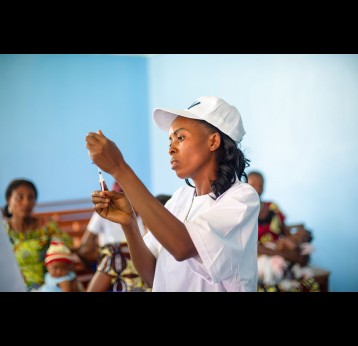Country Information
DTP3 / immunisation coverage
Grade of ConfidenceCommitments: Multi-year programme budgets endorsed in principle by the Gavi Board. These become financial commitments upon approval each year for the following calendar year.
Approvals: Total Approved for funding
Disclaimer: the boundaries and names shown and the designations used on this map do not imply the expression of any opinion whatsoever on the part of Gavi, the Vaccine Alliance concerning the legal status of any country, territory, city or area or of its authorities, or concerning the delimitation of its frontiers or boundaries. Dotted lines on maps represent approximate border lines for which there may not yet be full agreement.
This Gavi country data is made available under the Creative Commons BY 4.0 license: https://creativecommons.org/licenses/by/4.0/
Latest News
All News30 July 2021
First Swedish doses delivered through COVAX
As part of a pledge to deliver at least three million doses of COVID-19 vaccines, the first doses donated by Sweden have been delivered to countries this week, with shipments arriving in Kyrgyzstan and Afghanistan
20 April 2021
Resourceful Optimism: Fighting COVID-19 in Afghanistan
The pandemic has strained most countries’ health systems. Afghanistan has faced more hurdles than most.
22 March 2021
“I serve my nation through my profession”: Community vaccinators in Afghanistan
Community vaccinators go where fixed health centres can’t reach. In Afghanistan, that means fighting Taliban injunctions, entrenched gender imbalances and difficult terrain, all to ensure the nation’s children are protected.
10 March 2021
Afghanistan COVAX vaccine roll-out information and latest news.
8 January 2021
Trekking through the snow to deliver vaccines
Vaccinators tackle winter conditions and challenging contexts during Afghanistan’s last polio campaign of the year.
14 May 2020
How can fragile countries, like Afghanistan, respond to COVID-19?
As countries rich and poor struggle with challenges in the face of the COVID-19 pandemic, Afghanistan is taking proactive steps to overcome its own.
Subscribe to our newsletter
Sources
| Name | Source | Date |
|---|---|---|
| Total population by country, by year, by age | United Nations, United Nations, Department of Economic and Social Affairs, Population Division. World Population Prospects. | 2019-07-31 |
| Total number of children surviving until 1 year old by country and by year | United Nations, United Nations, Department of Economic and Social Affairs, Population Division. World Population Prospects. | 2019-07-31 |
| UN Life births per gender | United Nations, United Nations, Department of Economic and Social Affairs, Population Division. World Population Prospects. | 2019-07-31 |
| Under-five mortality rate by country and by year | UNICEF CME Info http://www.childmortality.org/, Level & Trends in Child Mortality. Estimates Developed by the UN Inter-agency Group for Child Mortality Estimation (UNICEF, WHO, World Bank, UN DESA, UNPD). | 2020-09-01 |
| Infant mortality rate by country and by year | United Nations, United Nations, Department of Economic and Social Affairs, Population Division. World Population Prospects. | 2020-09-01 |
| GNI per capita, Atlas method (current US$) | World Bank, The gross national income, converted to U.S. dollars using the World Bank Atlas method, divided by the midyear population | 2021-07-01 |
| Antigen Coverage (%) by country and by year | WHO/UNICEF, Coverage refers to the number of administered doses divided by the number of eligible children to receive that vaccine. | 2021-07-15 |
| Percentage of districts with >=80% DTP3 coverage | WHO, Joint Reporting Form (JRF) | 2021-07-15 |
| Percentage of districts with <50% DTP3 coverage | WHO, Joint Reporting Form (JRF) | 2021-07-15 |
| Total Disbursed - Finance Disbursement | GAVI, Access software for Finance (in USD) | 2019-09-17 |
Grade of Confidence (GoC): The WHO and UNICEF estimates of national immunisation coverage (wuenic) are based on data and information that are of varying, and, in some instances, unknown quality. Beginning with the 2011 revision WHO/UNICEF describe their grade of confidence (GoC) in these estimates. As there is no underlying probability model upon which the estimates are based, WHO/UNICEF are unable to present classical measures of uncertainty, e.g., confidence intervals. Moreover, WHO/UNICEF have chosen not to make subjective estimates of plausibility/certainty ranges around the coverage. The GoC reflects the degree of empirical support upon which the estimates are based. It is not a judgment of the quality of data reported by national authorities.
|
Explanation of GoC values: |
|
| *** |
Estimate is supported by reported data [R+], coverage recalculated with an independent denominator from the World Population Prospects from the UN Population Division (D+), and at least one supporting survey within 2 years [S+]. While well supported, the estimate still carries a risk of being wrong. |
| ** | Estimate is supported by at least one data source; [R+], [S+], or [D+]; and no data source, [R-], [D-], or [S-], challenges the estimate. |
| * | There are no directly supporting data; or data from at least one source; [R-], [D-], [S-]; challenge the estimate. |

